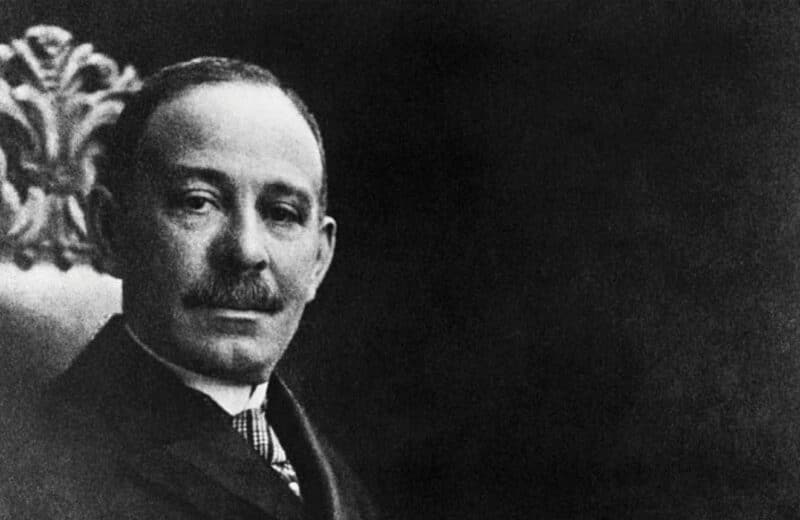Hypnosis and reflexology gain footing for pain control
By Nancy Maes
Pictured above: Sarah Preusker, Board-Certified Reflexologist. Photo by JC Paz Photography
Two techniques to relieve pain—hypnosis and reflexology—may seem like some sort of hocus-pocus to those unfamiliar with the treatments, but research shows that both techniques are valid complementary methods to reduce pain.
“A lot of people think of hypnosis as something used in a stage show, but hypnosis is a therapeutic technique to create subconscious change in a patient’s thoughts, attitudes, behaviors and feelings,” says clinical psychologist Robert Campbell, co-director of the Willow Wellness Center in Park Ridge.
A 2007 article published in the International Journal of Clinical and Experimental Hypnosis reviewed 13 research studies on the efficacy of hypnosis in reducing pain and found that hypnosis resulted in significant reductions in chronic pain for numerous conditions including cancer, arthritis and fibromyalgia.
“We use hypnotherapy in a variety of ways to relieve pain,” Campbell says. “Hypnosis helps to focus concentration. If I can get a patient focused enough on an image in their mind, like waves rolling in, then they begin to disassociate from their pain. They become less tense, and this further reduces pain. Rhythmic movement in the imagery is reinforced by our natural body rhythms, like breathing, and can assist in sustaining focus.”
The number of sessions needed for an individual to experience relief from pain varies. “Sometimes a lot of relief is experienced after a couple of sessions,” Campbell says. “I had an individual with stomach pain from chemotherapy, and two sessions allowed her to relax enough that the pain was sufficiently reduced so that she could continue her chemotherapy.”
Campbell, who received advanced training in hypnosis from the American Society of Clinical Hypnosis, uses hypnotherapy to bring relief to people suffering from rheumatoid arthritis, lower back pain, pain from irritable bowel syndrome and fibromyalgia, among others. “Hypnotherapy helps people relax, concentrate better and improve their sleep,” he says. He teaches patients to do self-hypnosis so they can find relief from pain on their own—anytime, anywhere.
Another alternative pain treatment, reflexology, is based on the premise that specific points on the feet, hands and ears correspond to the organs and other parts of the body. Reflexologists put pressure on points that correspond to parts of the body that are experiencing problems to help the body heal itself.
Reflexologists can feel excessive nerve fibers signaling an imbalance, says Sarah Preusker, who is certified by the American Reflexology Certification Board and has achieved proficiency certification in the Manzanares Method of Reflexology. “If we press on them properly and for long enough, we’ll create an impulse that will reach the brain and cause the same impulse in the corresponding organ or part of the body.”
Preusker was the lead reflexologist for a multisite study of reflexology as an intervention for advanced breast cancer, funded by the National Institutes of Health’s National Cancer Institute. Researchers at Northwestern Medicine and NorthShore University HealthSystem tested the effectiveness of reflexology on improving the quality of life in women undergoing chemotherapy for late-stage breast cancer.
“The research revealed significant improvement in physical functioning in the reflexology group, compared to the control group, such as a reduction in the severity of dyspnea (shortness of breath), which improves the ability to walk, climb stairs and run errands,” says Preusker, who is now the lead reflexologist for a second NIH study continuing the research.
Preusker is also part of a collaboration with NeuroQuest in Skokie to monitor brainwave activity using an electroencephalogram (EEG) to observe changes in the brain during reflexology stimulation in order to maximize its effectiveness.
In her private practice and during volunteer work at Cancer Wellness Center in Northbrook, Preusker sees people diagnosed with chronic pain from cancer or other conditions such as lower back pain and fibromyalgia.
One of Preusker’s clients, Ross Hauser, MD, an avid runner and competitor in Ironman triathlons who has a medical practice in Oak Park, started seeing her because his feet were so sensitive that he couldn’t even massage them. He had pain in the arch of his foot and heel, and he couldn’t extend his big toe. Hauser had tried different kinds of shoes and orthotics, vibration therapy and changing his running form but found no relief.
“It was unbelievable,” Hauser recalls. “After about six to 10 sessions, my feet felt great and I could run just fine again.”
He has gone back to Preusker for shoulder, neck and back pain. “There are times when she’ll find a sensitive spot for a problem I haven’t even told her about. I’m a physician, and ever since she helped me, I’ve referred people to her,” Hauser says. “Reflexology lessens the pain, and sometimes it resolves the pain.”
Reflexology as well as hypnosis have now moved out of the realm of abracadabra and become well-established complementary approaches to relieving pain.












